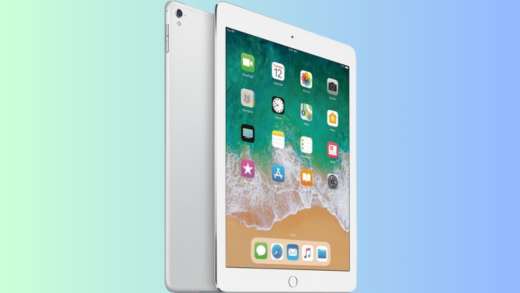Following up on the Blue Yeti, the undisputed king of prosumer USB microphones, is not an easy task. When it seems every podcaster and streamer on the planet has one, how will Blue convince you to buy it again?
The answer is by making small but appreciable refinements to the beloved formula. The Yeti X streamlines the formula that made the original so fantastic, with new features that make it even easier for novices to make great recordings. Interface tweaks and a handy live level readout are the biggest improvements, but the new software is a welcome addition, too.
There might not be enough here to demand an upgrade if you’re happy with your original Yeti, but the Yeti X has surpassed the original and ensures that Blue holds onto its crown for years to come.
I’ve Heard This Song Before
If you’re familiar with the original Yeti, the new Yeti X won’t seem like a revolutionary change. It’s still a big, beefy, and oh-so-satisfying microphone, covered in steel with a handsome and sturdy stand. The unit we were sent is all black with a dark chrome finish beneath the mic element and on the bottom of the base. It seems Blue is switching from its default grey finish to a matte black—it makes sense, given the focus on streamers over podcasters. Almost all of these elements have carried over from the smaller Yeti Nano.

The cylindrical body of the Yeti has been squared off a bit; this is technically called a “squircle,” if you can bring yourself to say it without cringing. Beneath the prominent Blue logo (that’s the company, not the color—the logo is black), the volume dial and mute button have been combined into a single dial with a built-in button. When you plug the microphone in, you’ll see that the ring around this dial has some LED elements. More on that later.
Around back you’ll see that the recording mode dial has been replaced with a single button, which is easy to pick out without looking. It has the same four recording modes, indicated with a new LED light: cardioid, stereo, omnidirectional and bidirectional. Tilt the mic up on its stand, and you’ll see the same headphone jack and power/data port the original Yeti used. Only now, since it’s 2019, the MiniUSB port has been replaced with USB-C.

Haha, just kidding. It’s MicroUSB. And it’s bull. Complete, utter bull that this microphone revision that’s years in the making is using a cheap, outdated cable. Appropriately, I had trouble with the included MicroUSB cable, which I had to immediately replace with one of my own to keep it reliably connected to my PC. It’s really the only sour spot in the physical design. Seriously, Blue, why the hell would you—
[Editor’s note: at this point, the reviewer ranted for several hundred words about how much he hates seeing MicroUSB ports on new products. We’ve tactfully removed this section, and direct you to his nearly identical editorial if you want to read that sort of thing.]
Dial It Up
Remember when Apple condensed the inner and outer buttons on the original iPod into a streamlined, all-in-one design on the iPod Mini? Blue has done something similar with the physical controls of the Yeti X. Only better.









